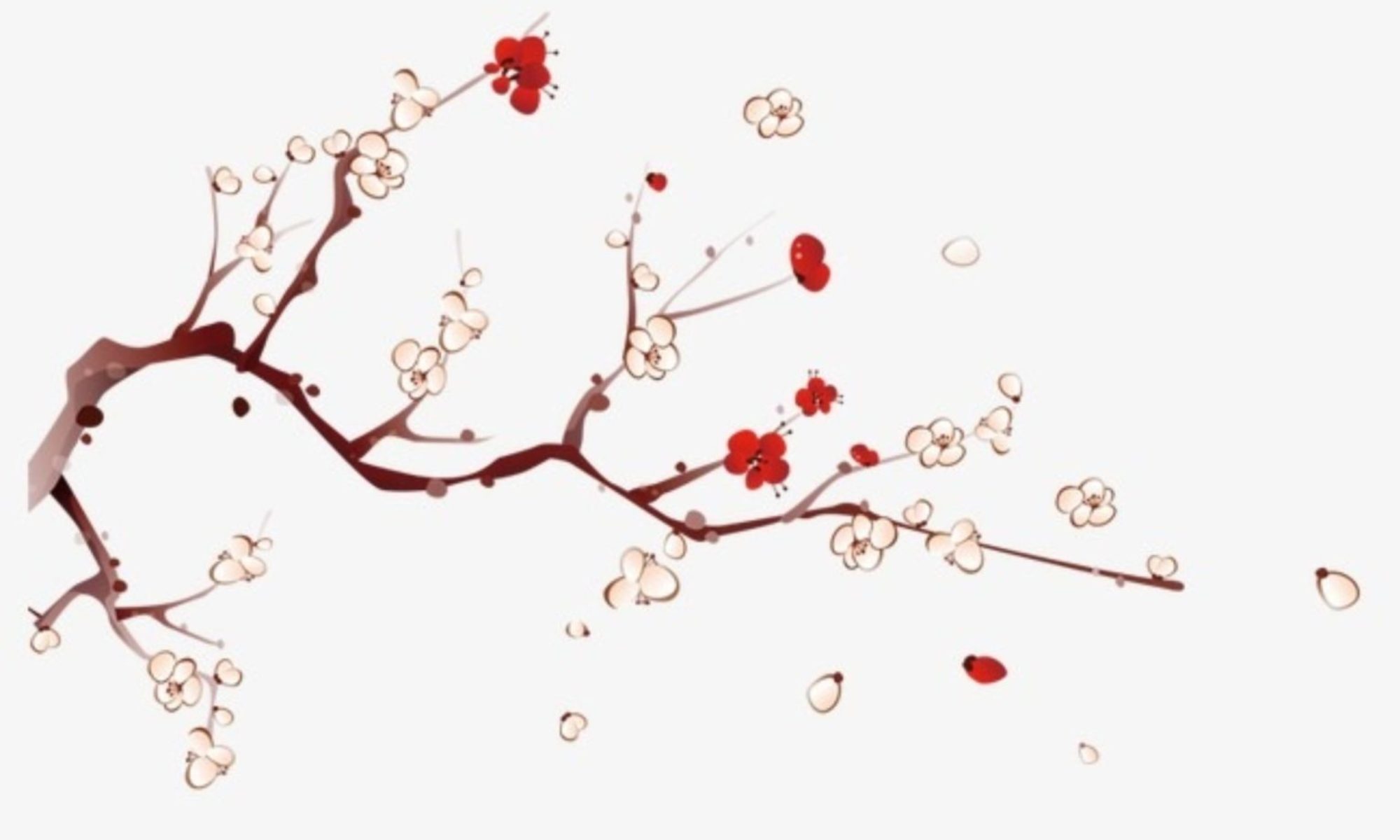50 % de facteurs génétiques « approximativement », conclut cette étude sur l’hérédité de l’autisme, publiée dans JAMA : ça, c’est de la science….approximative !
D’ailleurs, génétique ne veut pas seulement dire « génétique ». Il y a le génétique pur, « dominant », auquel s’ajoute le génétique relatif, « additive ».
Dans quel pourcentage ?
Vous avez dit « relatif », what’s up ?
Et donc, pour la moitié des autres autistes, soit 7 000 enfants dans cette étude, il n’est pas possible d’invoquer un facteur que l’on puisse dignement qualifier de « génétique » !
Ces auteurs confondent la science avec le recensement. Ce sont de vulgaires statistiques qui veulent péter plus haut que leur c….
____________________________________________________
The Familial Risk of Autism
Sven Sandin, MSc1,2; Paul Lichtenstein, PhD1; Ralf Kuja-Halkola, MSc1; Henrik Larsson, PhD1; Christina M. Hultman, PhD1; Abraham Reichenberg, PhD3,4,5
JAMA, 7 mai 2014 : http://jama.jamanetwork.com/article.aspx?articleid=1866100&resultClick=3
Importance Autism spectrum disorder (ASD) aggregates in families, but the individual risk and to what extent this is caused by genetic factors or shared or nonshared environmental factors remains unresolved.
Objective To provide estimates of familial aggregation and heritability of ASD.
Design, Setting, and Participants A population-based cohort including 2 049 973 Swedish children born 1982 through 2006. We identified 37 570 twin pairs, 2 642 064 full sibling pairs, 432 281 maternal and 445 531 paternal half sibling pairs, and 5 799 875 cousin pairs. Diagnoses of ASD to December 31, 2009 were ascertained.
Main Outcomes and Measures The relative recurrence risk (RRR) measures familial aggregation of disease. The RRR is the relative risk of autism in a participant with a sibling or cousin who has the diagnosis (exposed) compared with the risk in a participant with no diagnosed family member (unexposed). We calculated RRR for both ASD and autistic disorder adjusting for age, birth year, sex, parental psychiatric history, and parental age. We estimated how much of the probability of developing ASD can be related to genetic (additive and dominant) and environmental (shared and nonshared) factors.
Results In the sample, 14 516 children were diagnosed with ASD, of whom 5689 had autistic disorder. The RRR and rate per 100 000 person-years for ASD among monozygotic twins was estimated to be 153.0 (95% CI, 56.7-412.8; rate, 6274 for exposed vs 27 for unexposed ); for dizygotic twins, 8.2 (95% CI, 3.7-18.1; rate, 805 for exposed vs 55 for unexposed); for full siblings, 10.3 (95% CI, 9.4-11.3; rate, 829 for exposed vs 49 for unexposed); for maternal half siblings, 3.3 (95% CI, 2.6-4.2; rate, 492 for exposed vs 94 for unexposed); for paternal half siblings, 2.9 (95% CI, 2.2-3.7; rate, 371 for exposed vs 85 for unexposed); and for cousins, 2.0 (95% CI, 1.8-2.2; rate, 155 for exposed vs 49 for unexposed). The RRR pattern was similar for autistic disorder but of slightly higher magnitude.We found support for a disease etiology including only additive genetic and nonshared environmental effects. The ASD heritability was estimated to be 0.50 (95% CI, 0.45-0.56) and the autistic disorder heritability was estimated to 0.54 (95% CI, 0.44-0.64).
Conclusions and Relevance Among children born in Sweden, the individual risk of ASD and autistic disorder increased with increasing genetic relatedness. Heritability of ASD and autistic disorder were estimated to be approximately 50%. These findings may inform the counseling of families with affected children.

